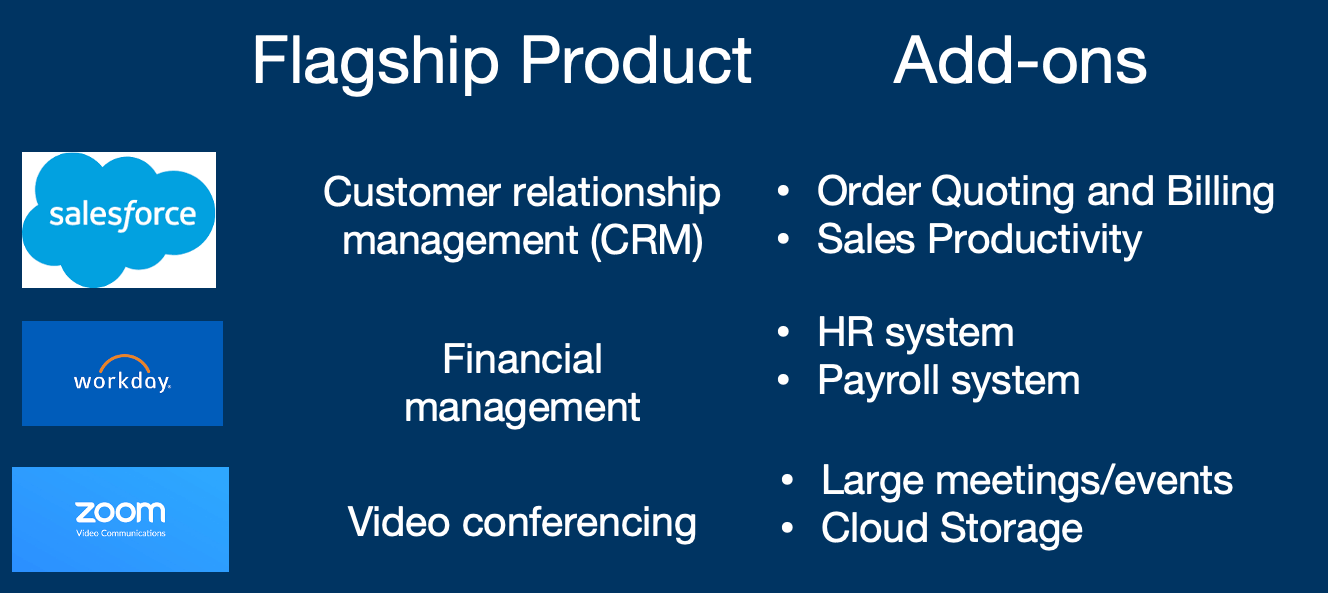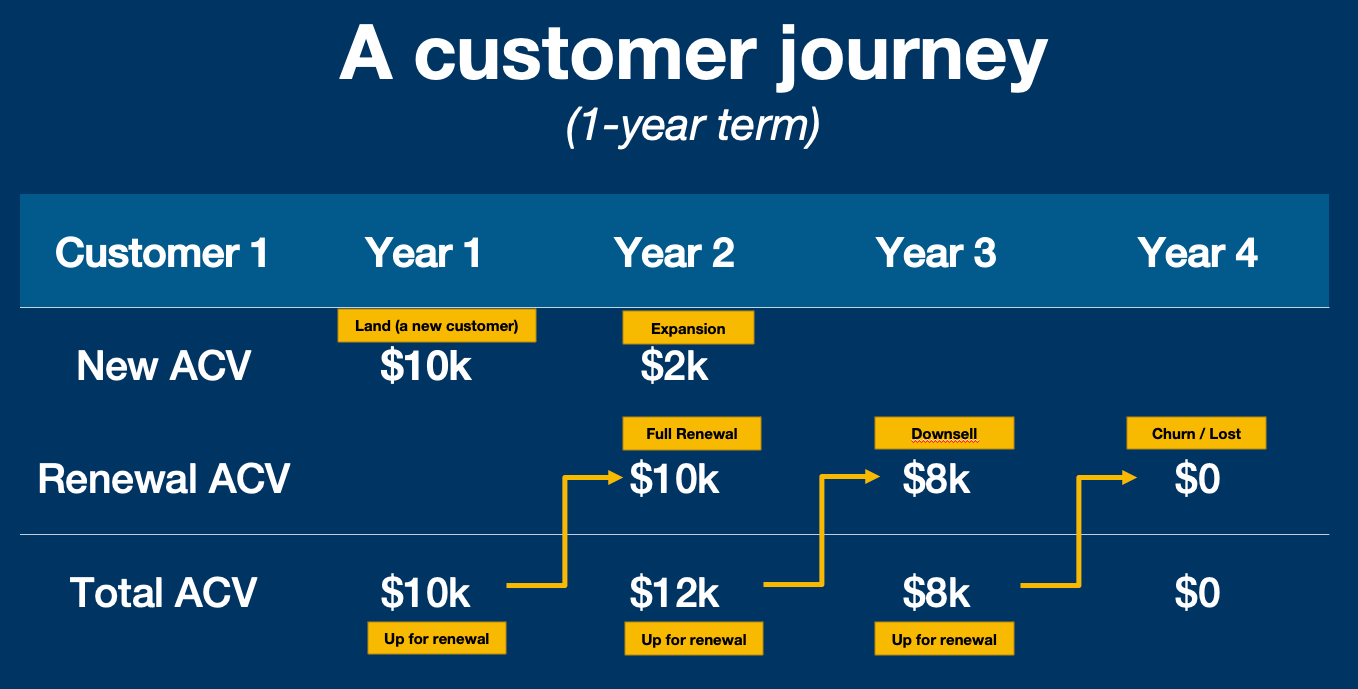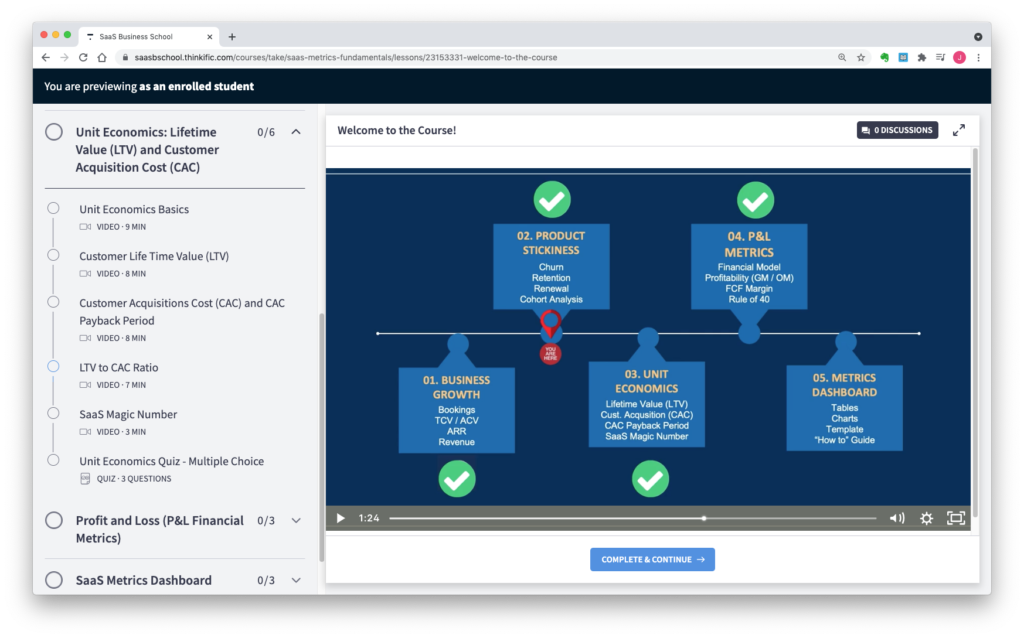Bookings: An Essential Guide
For an enterprise SaaS (software-as-a-service) business, bookings are arguably one of the most important metrics that drives everything else. At a high level, bookings translate into billings, cash flow, revenue and ARR, which in turn determine how much the company can afford to invest in research & development (R&D), sales and marketing (S&M) and general and administrative (G&A) functions to fuel further growth. An analysis of a SaaS company’s performance often begins with understanding its bookings trends, momentum and projections.
In this post, we will cover the following:
- Definition of a Booking
- Pipeline to Bookings
- Measurement of Bookings (TCV and ACV)
- Why Bookings Matter
- Bookings by Offer Types (Recurring vs One-time)
- Bookings by New vs. Renewal
- How Bookings Translate into ARR
- How Bookings Translate into Billings and Cash Flow
- How Bookings Translate into Revenue
This post largely focus on enterprise SaaS, but similar concepts apply to other form of SaaS.
Definition of Bookings

Simply put, bookings represent the value of a customer’s financial commitment over a period of time. For more sophisticated enterprise software(e.g. Salesforce), the commitment is usually in the form of a formal contract for over 1 to 3 years; for more lightweight software, the commitment can be a click-through agreement to be charged on a monthly/recurring basis. With a booking, the customer provides cash flow and revenue to a company, and in turn receives the software as a service.
Pipeline to Bookings
Customers rarely commit to a booking without a bit of a process, sometimes that can take more than a year. It all starts with your sales pipeline, which usually involves a few stages.
- Leads: A customer shows interest in your industry, engages with your marketing campaigns, and requests information.
- Prospects: The customer shown interest in your product, engages with your sales team, and tests out the product with a trial
- Proposal: The customer requests a written proposal with price, feature list, and start date. Various pricing options are usually provided. At this stage, there is likely some negotiation of legal and commercial terms.
- Closed Deal: The customer signed proposal and becomes a paying customer! Whoo!
Measurement of Bookings
To start, there are 3 important data points that come with each SaaS bookings:
- Total Contract Value (TCV): The entire amount of a customer’s financial commitment over the term of the contract
- Term Length: The duration of the contract, which is usually 1–3 years.
- Annual Contract Value (ACV): The annualized amount of a customer’s financial commitment over the term of the contract. ACV is usually calculated as TCV divided by the term length.

Using the above example, a customer signs a $30k TCV bookings. Assuming the payment term is annual upfront payment, the customer is going to pay $10k at the time of contract, another $10k in a year and the last $10k at the end of year 2. With the bookings data, the company has a clear visibility into the amount of cash and revenue from this customer over the next few years.

Why Bookings Matter
Bookings matter because due to its forward-looking nature.
This metric basically:
- Sums up the overall value of any given contract before work is provided;
- Demonstrates customers agreeing to spend money;
- Indicate future revenue growth and cash flow;
- Measures momentum;
- Evaluates the value brought in by your salesforce.
Investors, management and salespeople are, in some shape or form, measured on bookings performance, so all the important people care about it.
Now you have some basic background understanding, let’s go a little deeper and explore a few key dimensions of bookings by:
- Offer (Recurring vs One-time)
- New (Land/Expand) vs. Renewal (Full/Partial/Churn)
Bookings by Offer
At the highest level, offers are generally divided into product and service.

Within the product category, most companies typically have a flagship product that most customers would buy. In addition, there are add-on products that supplement the flagship products (usually added as companies expand and build out more functionalities and features). If you look at companies like Salesforce, Workday and Zoom, their product offering (simplified) may look something like this. For a real life example, take a look at Zoom’s pricing page, where you will see their video conferencing “flagship offer” on top, and towards the bottom there are add-on options for “audio plan”, “cloud storage”, “large meetings” and “premier support”

On the other side, Services are usually either:
- Professional Services: Some examples are helping customer implement the system or build out custom features or modules. Consultants are usually involved, either on-site or remote.
- Training and Education: These can be private training sessions delivered in person or on-demand recording training that customers can access anytime.
When you look at the various offers, it is critical to understand which offers are recurring vs. one time in nature. Generally speaking, products are going to be offered as a recurring subscription; professional services are likely to be one-time in nature; and trainings can be recurring or one-time. Here’s an example of how a deal may look like after reshuffling based on recurring vs non-recurring.

Impact of Bookings Types
Bookings Type have a whole of implications, including the following:
- Strategic Value for the Company: This goes to the heart of the company’s business model and how it generates values for its customers — are you a product company or more of a managed service provider? Some companies focus on products and may not emphasize services; while others see services as a key component of customer success. Bookings by offers will also grow at different rate. SaaS companies generally expect product bookings to grow at a quicker pace as customers buy more licenses, users, and add-ons.
- Revenue Recognition: Offer type impacts revenue recognition. Generally speaking, a SaaS company recognizes revenue when the product or service is provided. Product revenue is usually recognized evenly over the term of the contract (more details later in this post); service revenue is recognized after the work is rendered and delivered to the customer. This has an impact on revenue growth reported by the company.
- Profitability: Offers have different profitability (margin) profiles. For example, add-on offers may be more profitable than the flagship product. Professional services are usually less profitably because it ain’t cheap to hire consultants. Also, consultant can usually do work related to a single customer at a time. Not only can it can be time consuming, the work is also not applicable to the broader platform and other customers.
- Sales compensation: Account executives are compensated differently based on booking types. Depending on a company’s bookings policy and compensation structure, certain offers may be set up to help sales reps meet their quota to drive focus on selling what the company wants to prioritize.
- Company Valuation: For many of the reasons above, investors pay close attention what types of bookings are driving a company’s growth in determining its valuation. Bookings that drive long term recurring revenue, high growth potential and attractive profitability will have an immense impact on the company’s value
Bookings: New vs. Renewal
Another critical dimension to bookings is through the lens of new vs. renewal. Generally speaking, “new bookings” refer to customers buying something they have not bought before, while “renewal bookings” suggest customer recommitting to what they have previous bought. Here are the some typical scenario.

New Bookings are comprised of:
- A brand new customer became a paying customer for the first time, often referred to a land deal (people say “landing a new logo/customer”)
- An existing customer bought more of the same product (upsell) or a new type of product/service (cross-sell). This is also known as an expansion.
Renewal bookings can result in one of the following three scenario:
- Full renewal: A customer used to pay $100 per year. After renewal, they pay the exactly the same amount of $100 per year
- Down-sell (downgrade / contraction): A customer pays less than what they used to pay before after renewal. This could be due to a reduction in license/seats/coverage, or the customer negotiated for a better price.
- Churn (cancel / lost): The last scenario is a full cancellation of the contract where a customer decides not to renew and discontinuesits relationship with the company.
Most of your customers will evolve and may experience all of the above.

Conclusion
Bookings is a critical metric to understand the health of a SaaS Company. There are some complexities around various types of bookings, and customer dynamics around new, expansion, renewal and churn. But in a nutshell, bookings indicate a customer’s financial commitment and are typically measured based on TCV and ACV. Bookings are forward-looking and are thus tracked and monitored closely.
The most comprehensive course
on SaaS Metrics Fundamentals

